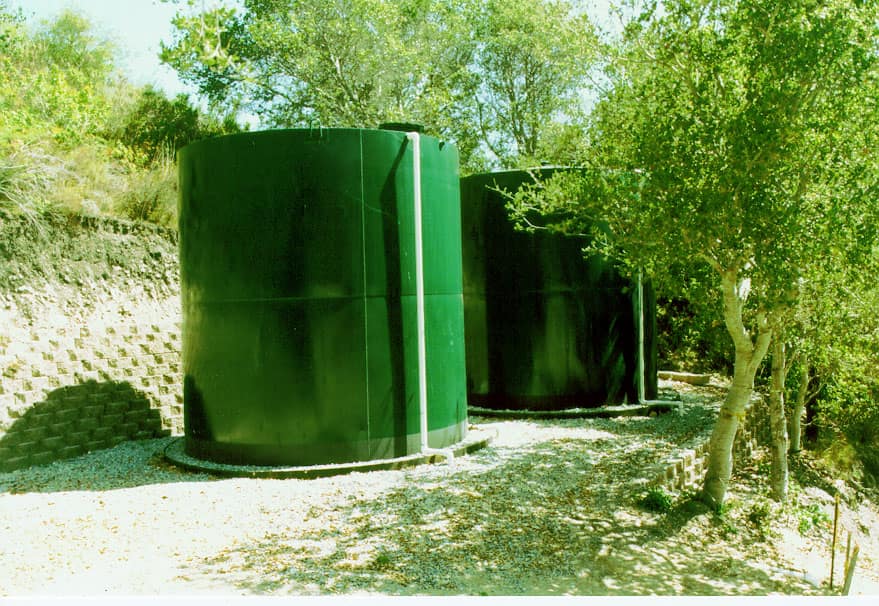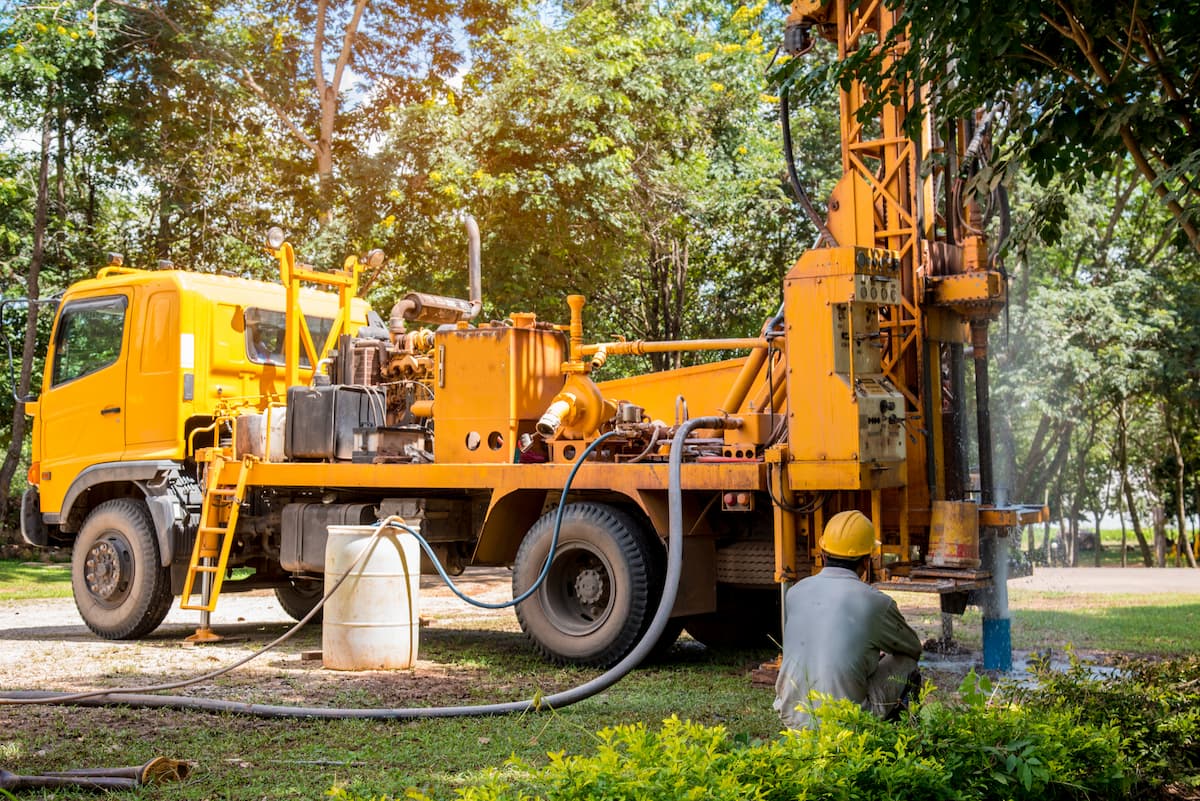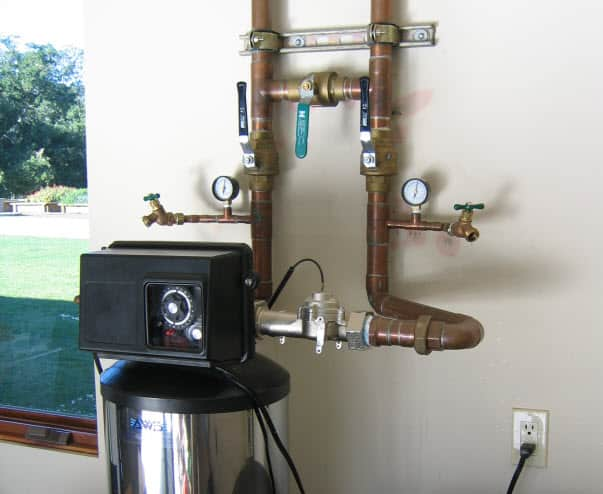How Well Pump Flow Rate and Pressure Affects Treatment Systems
Accurately calculating or knowing your well pump flow rate and water pressure will allow the properly sized water treatment system to be selected.
A common mistake is to install a water treatment system that requires 10 gallons per minute when the well can only produce 5 gallons per minute. After a few months, the water treatment system fails to work properly due to the low flow rate and inadequate backwash.
If the home is large and the well can pump a higher flow rate, but a smaller treatment system is installed, a drop in water pressure in the home may result. Fixtures and appliances won’t work correctly due to a low flow rate.
 Water pressure also has an important role in selecting a water treatment system. All water treatment systems will lower the water pressure as the water flows through the system.
Water pressure also has an important role in selecting a water treatment system. All water treatment systems will lower the water pressure as the water flows through the system.
It is important to know what the water pressure is from the well pump and pressure system, before selecting your water treatment system in order to have adequate water pressure in the bathroom and other fixtures and appliances. Some well pump systems can be adjusted to operate at a higher pressure if the pressure is too low, to begin with.
Well Pump Flow Rate
Water wells and well pumps come in different sizes and pump water at different rates. For example, water that fills up a 5-gallon bucket in one minute, can be said to pumping at 5 gallons per minute.
Flow rate is tested when a well is initially drilled and can be tested again to determine if there are problems with the well. It can also be important to determine your flow rate if you are looking to install new pumps or filters on your well water system.
If you have a standard well with a pressure tank and pressure switch, you can use the following steps below to determine your well’s flow rate in gallons per minute. If you have a variable speed pump, or ‘constant pressure’ type pump, that keeps the pressure in the house the same all the time, then this type of method won’t work. For a constant-pressure type system, consult your well contractor or send us the specifications on your system and we can help you find out what it might be.
Calculating Your Well Pump Flow Rate:
It is easy! All you need is a 1 or 5 gallon bucket and a watch or clock! It takes just a few minutes. Just follow these steps:
1. Open any hose bib or faucet until well pump turns on.
2. Close hose bib or faucet and let pump fill up pressure tank until well turns off.
3. Using a 1 or 5 gal. bucket, open faucet, collect and measure all water discharged until pump turns on. You do not have to fill the buckets as fast as you can, simply measure the water.
4. When pump turns on, immediately close faucet and start timing pump cycle in seconds until well shuts off.
5. Divide the number of gallons collected in Step 3 by the number of seconds in Step 4.
6. Multiply the answer from Step 5 by 60.
7. The answer in Step 6 is the average pumping capacity of the pump in gallons per minute (GPM).
If you are still experiencing trouble, try our easy to use pump flow rate calculator on our website (Click on image below).
If you have questions, don’t hesitate to e-mail us at support@cleanwaterstore.com, leave us a message on Facebook, or use our online contact form for prompt, personalized assistance from our trained professionals. Thanks for reading!














